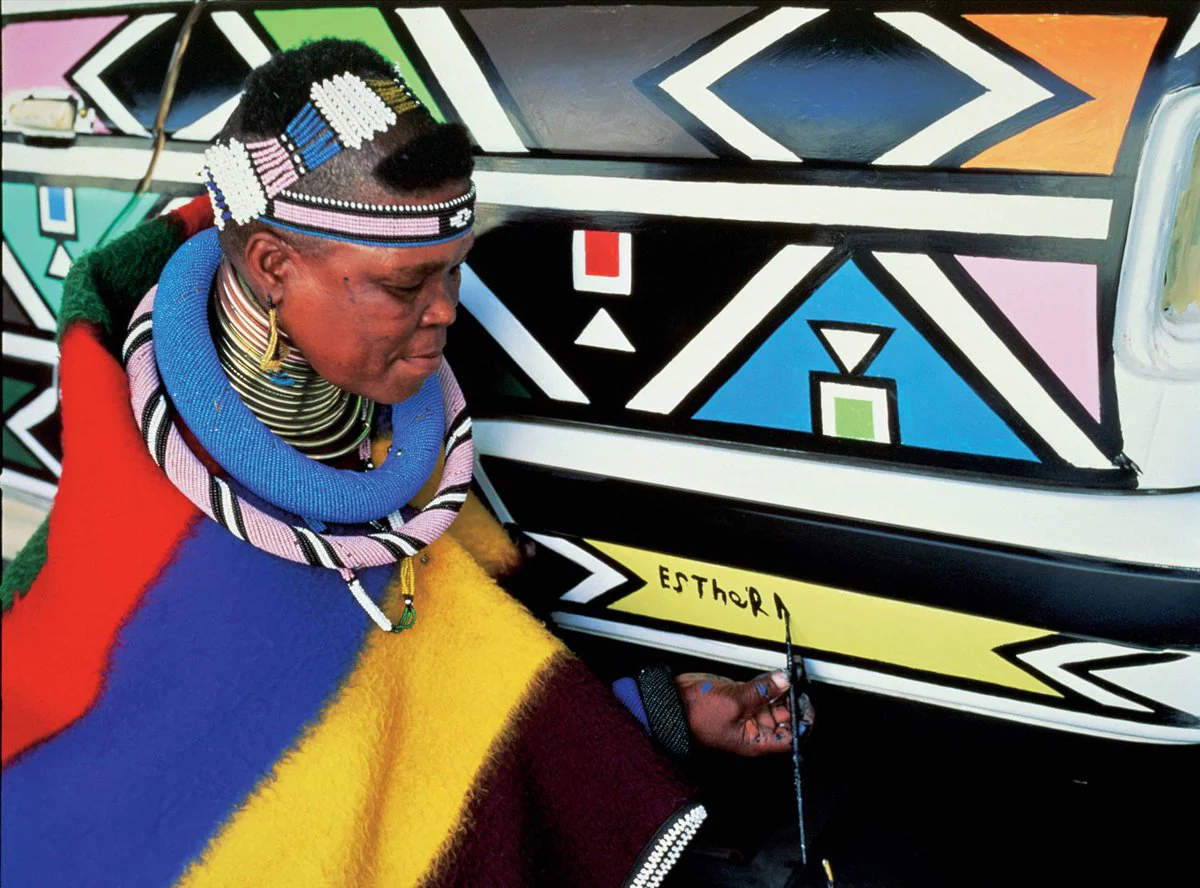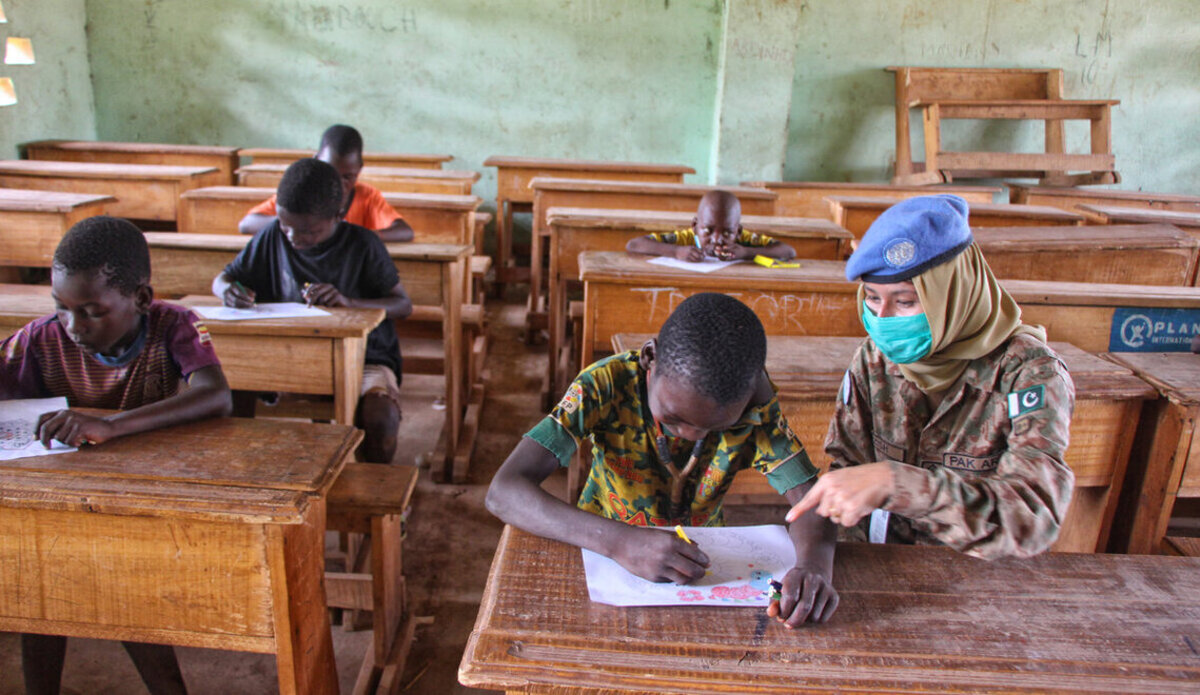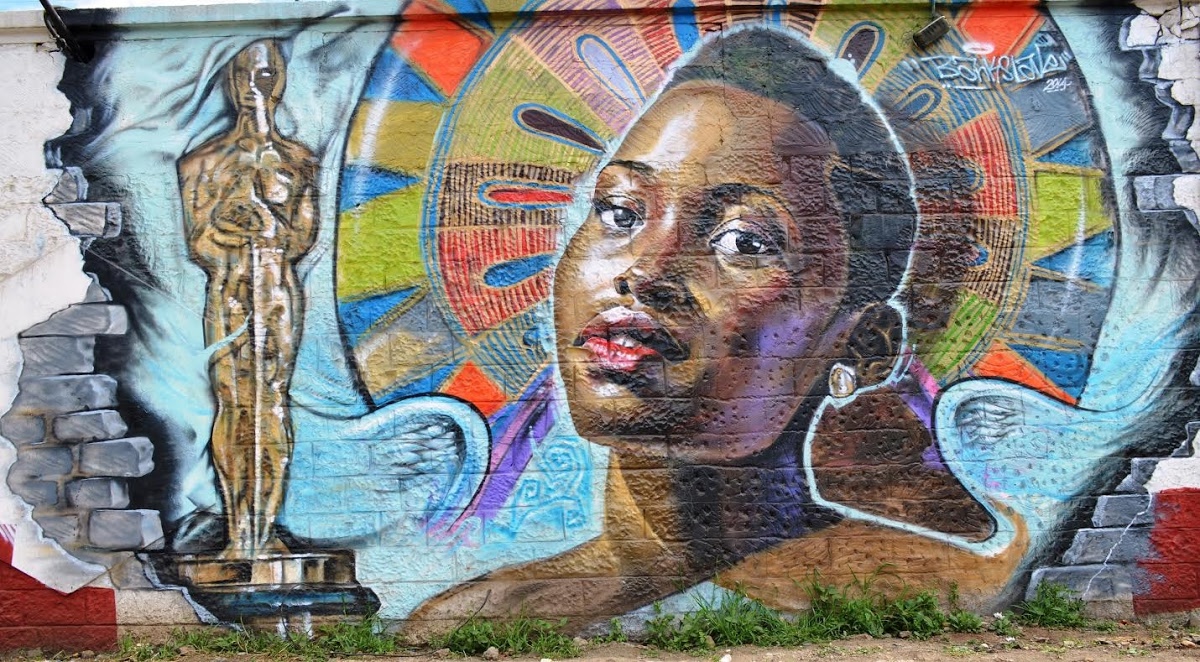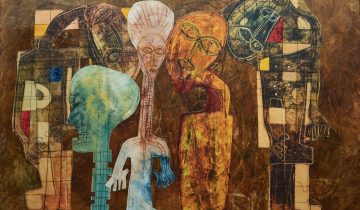Art therapy, as a form of expressive therapy, uses the creative process of making art to improve one’s mental, emotional, and physical well-being. The history of art therapy can be traced back to the early 20th century when artists and mental health professionals began to recognize the therapeutic value of artistic expression. Today, art therapy has evolved into a recognized and respected profession, providing individuals with a means of expressing themselves, processing their emotions, and healing through creativity.
The importance of art therapy lies in its ability to promote emotional healing, allowing individuals to process complex emotions, and express thoughts and feelings that may be difficult to articulate verbally. Additionally, art therapy fosters communication, both with oneself and with others, leading to a better understanding of one’s inner experiences and emotions.
In Africa, art has long played a significant role in cultural expression, communication, and storytelling. African artists face unique challenges, including limited resources, socio-political issues, and cultural barriers. Art therapy provides an opportunity for these artists to use their creativity to heal and empower themselves and their communities. This essay will explore the different forms of art therapy utilized by African artists, the impact of art therapy on African communities, and notable examples of successful art therapy programs and practitioners in Africa.

African Art Forms Used in Art Therapy
African artists employ a variety of traditional and contemporary art forms in their therapeutic practices. These include sculpture, painting, textiles, dance, and music. Each form offers a unique medium for self-expression, allowing individuals to explore their emotions, thoughts, and experiences in a safe and supportive environment.
The integration of cultural elements in art therapy is essential for African artists, as it allows them to connect with their heritage and traditions. Symbols and motifs, such as Adinkra symbols from Ghana or the intricate patterns of Ndebele murals, can be incorporated into art therapy sessions to provide individuals with a sense of cultural identity and belonging. Storytelling, a fundamental aspect of many African cultures, serves as another valuable tool in art therapy, offering a way to share personal narratives and experiences. Rituals and ceremonies, such as traditional healing practices, can also be integrated into art therapy to provide a holistic approach to healing.
Impact of Art Therapy on African Communities
Art therapy has the potential to transform the lives of individuals and communities across Africa. It offers a means for addressing mental health and well-being by helping people cope with stress and trauma, manage depression and anxiety, and build resilience. Art therapy also serves to foster social cohesion and cultural identity, strengthening community bonds, promoting understanding and empathy, and preserving cultural heritage.
Mental Health and Well-Being
Art therapy offers an accessible and culturally relevant approach to addressing mental health concerns in African communities. For example, the Ivuka Arts Kigali center in Rwanda uses art therapy to help survivors of the 1994 genocide cope with post-traumatic stress disorder (PTSD) and the emotional impact of their experiences. Similarly, the Nairobi Art Centre in Kenya offers art therapy workshops to support individuals dealing with depression and anxiety.
Social Cohesion and Cultural Identity
Art therapy can also play a vital role in fostering social cohesion and cultural identity within African communities. In South Africa, the Lalela Project uses art therapy to help children and adolescents affected by poverty and violence express their emotions and build connections with their peers. The project also promotes cultural identity by incorporating traditional African art forms and storytelling techniques into their therapeutic sessions.
Case Studies: Successful Art Therapy Programs in Africa
Art Therapy for Refugees and Displaced Persons
The Art for Refugees in Transition (A.R.T.) program, founded by American art therapist Eileen Moughan, uses art therapy to support refugees and displaced persons in
Uganda, Rwanda, and Kenya. The program employs various art forms, including painting, drawing, and sculpture, to help participants process their traumatic experiences and develop coping mechanisms.
Art Therapy for Survivors of Gender-Based Violence
In Zimbabwe, the Girl Child Network utilizes art therapy as a means to support and empower girls and young women who have experienced gender-based violence. Through creative expression, participants can process their trauma, build self-esteem, and develop a sense of agency over their lives.
Art Therapy for Children in Conflict Zones
The Art Therapy Initiative in Sudan uses art therapy to provide psychological support to children affected by armed conflict. By engaging in creative activities, these children have the opportunity to express their emotions and develop resilience in the face of adversity.
Community-Based Art Therapy Initiatives
In Nigeria, the Terra Kulture Art Gallery hosts community-based art therapy workshops aimed at promoting mental health awareness and providing participants with the tools to manage stress, anxiety, and depression. These workshops offer a supportive environment where individuals can explore their emotions through creative expression.

The Power of Art Therapy in Africa
In conclusion, Art therapy holds immense potential for transforming the lives of individuals and communities throughout Africa. By promoting emotional healing and personal growth, art therapy provides a culturally relevant and accessible approach to addressing mental health concerns. Furthermore, art therapy fosters social change and unity by strengthening community bonds and promoting empathy and understanding.
Future Directions for African Art Therapy
To maximize the impact of art therapy in Africa, it is essential to expand access to art therapy services through increased training, education, funding, and resources. This includes developing culturally-sensitive methodologies and evaluating the efficacy of art therapy programs to ensure that they meet the unique needs of African communities.
As African artists and institutions continue to harness the healing power of art therapy, they contribute to a greater appreciation of African art and its therapeutic value. By embracing the transformative potential of art therapy, African communities can work together to address mental health challenges, promote social cohesion, and celebrate their rich cultural heritage.
Frequently Asked Questions
How does creative art contribute to healing or therapy?
Creative art contributes to healing and therapy by providing individuals with a safe and supportive environment to express their emotions, process their thoughts and experiences, and develop coping mechanisms. Art therapy can help people build self-esteem, manage stress, and improve their overall mental health.
How is creativity a healing process?
Creativity is a healing process because it allows individuals to explore their emotions, thoughts, and experiences in a non-threatening way. By engaging in creative activities, people can work through their emotions and develop a better understanding of themselves and their experiences.
Why is creativity healing?
Creativity is healing because it provides individuals with an outlet for self-expression, helping them process complex emotions and communicate their thoughts and feelings. This can lead to improved mental health, emotional well-being, and personal growth.
What are the healing powers of art therapy?
The healing powers of art therapy lie in its ability to promote emotional healing, enhance self-awareness, improve communication, build resilience, and foster social cohesion.
Can art heal trauma?
Art therapy can be an effective tool in healing trauma by providing individuals with a safe space to process their experiences and develop coping mechanisms.
What is an example of healing art?
An example of healing art could be a painting or drawing created during an art therapy session, which serves to help the individual express their emotions and process their experiences.
What are the 4 types of art therapy?
The four types of art therapy include visual art therapy (e.g., painting, drawing, sculpture), dance/movement therapy, music therapy, and drama therapy.
What artists show mental health in art?
Artists such as Yay
oi Kusama, Vincent van Gogh, and Edvard Munch are well-known for exploring mental health themes in their artwork, using their creative expression to process their emotions and experiences.
Which artist make art about mental health?
Artists like Frida Kahlo, Tracey Emin, and Louise Bourgeois have created art that touches on mental health issues, often drawing from their own personal experiences to convey emotions, struggles, and healing.
By understanding the power of art therapy and celebrating the work of African artists and institutions, we can foster a more inclusive and compassionate global community, where creativity and healing come together to transform lives.





 No products in the basket.
No products in the basket.